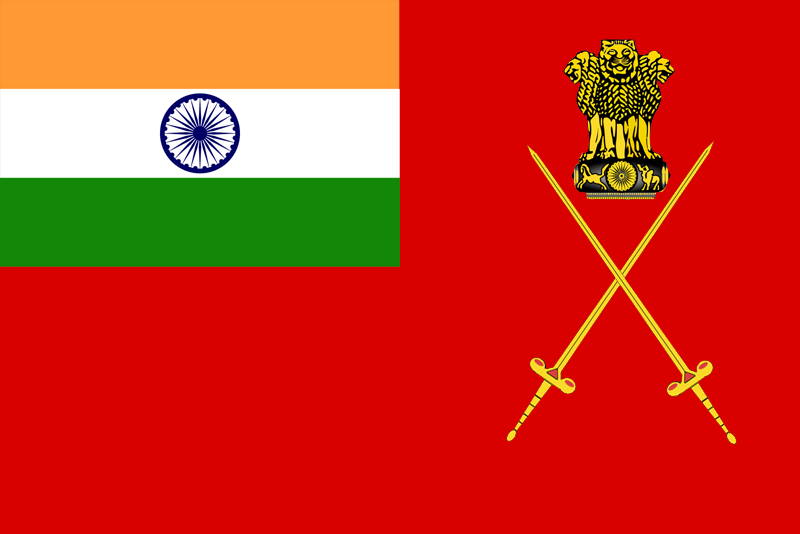If there is one comparison that can indisputably be called odious, it is the one between Brigadier-General Reginald Dyer General of the Jullianwala Bagh infamy and the Army Chief, General Bipin Rawat. The academic Partha Chatterjee has been made this comparison in a recent article, ‘In Kashmir, India Is Witnessing Its General Dyer Moment’ (https://thewire.in/142901/general-dyer-indian-army-kashmir/).
“There are times when one looks in the mirror and is shocked to see a face one doesn’t recognize—the repulsive face of a nasty stranger,” Chatterjee wrote. “Most Indians will find it hard to believe that as a nation state we have just arrived at our own General Dyer moment. But careful and detached reflection will show chilling similarities between the justifications advanced for the actions of the British Indian army in Punjab in 1919 and those being offered today, nearly a century later, in defence of the acts of the Indian army in Kashmir.”
And what, pray, are the chilling similarities? “Major Leetul Gogoi had Farooq Ahmad Dar, who was passing by on his motorbike, strapped to the bonnet of an army jeep and paraded through the streets for hours, supposedly to deter the crowds from throwing stones at the security forces.” His action was not only condoned but also commended by Gen Rawat who said, “It is a dirty war. That is where innovation comes in. You fight a dirty war with innovations.”
The similarities Chatterjee has offered are like: film star Shah Rukh Khan studied at Hansraj College; industrialist Naveen Jindal studied at Hansraj College; therefore, they are brothers.
What Gen Dyer did at Jullianwala Bagh cost 379 lives, as per the official estimate of the time; the unofficial figures are much higher. As Chatterjee notes, even the secretary of war at the time, Winston Churchill, no lover of Indian nationalists, was appalled by such wanton and needless violence: it was “a monstrous event,” he said, “an event which stands in sinister and singular isolation.”
On the other hand, what Maj Gogoi did was save many lives.
I agree that the use of human shield by a regular army is not something that can be called estimable or made a standard operating procedure, but at that point of time the alternative was bloodshed; the young officer managed to avoid that. Therefore, comparing him and the Army Chief with Gen Dyer is indubitably odious, apart from being an insult to our armed forces—indeed to the entire nation.
Chatterjee also (wrongly) alleges that India is an imperial power in Kashmir: “… the Indian army is permanently deployed in regions under the Armed Forces Special Powers Act—like an occupying force in a conquered colony. The example of Israel that is often cited these days as the model from which India should learn is, in this context, particularly troubling. Israel is, properly speaking, a settler colony that regards Palestinians as a hostile and rebellious other that must be subdued and kept apart.”
All this is a bundle of lies and fulminations. India is not an “occupying force” (nor is Israel a settler colony, but that’s another story); and it has never had any imperial ambitions. Kashmir became a part of India after its ruler signed the Instrument of Accession in 1948, as per the India Independence Act which was accepted by both India and Pakistan. Subsequently, too, India didn’t any designs to become a hegemon, rule over any country, or gather territory.
In the wake of the communist Revolution in China in 1949, India was offered the permanent seat at the UN Security Council; India, however, did not stake claim to it. In retrospect, it has proven to be a costly mistake from our perspective, but it proves nonetheless that aggrandizement has never been our basic instinct.
Further, India liberated East Pakistan which then became Bangladesh. Within a few weeks, we left the new country.
Against such a historical backdrop, it is downright stupid, if not mischievous, to say that the Indian Army in Kashmir is an occupying force. Especially from an academic who is introduced as “a social scientist and historian” at the end of the article.
